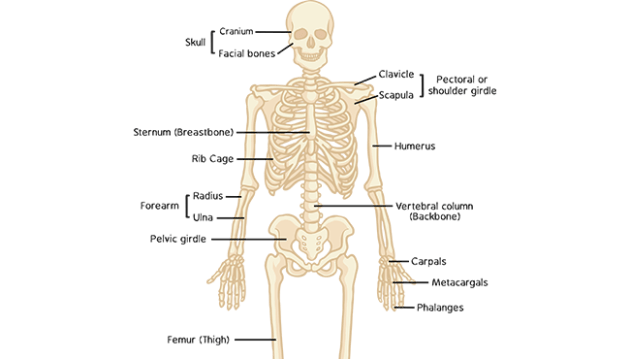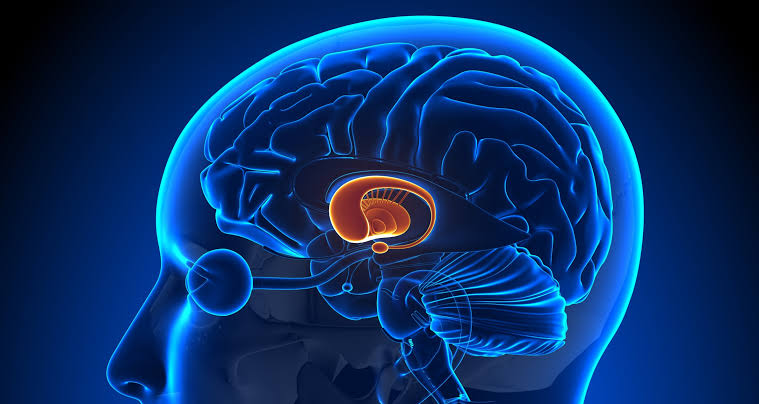
Division and Function of the Skeletal System
The skeletal system is a complex framework that provides structure, support, and protection to the body. It consists of bones, cartilage, ligaments, and tendons. The primary functions of the skeletal system include:
- Support: The skeleton provides a rigid structure that supports the body’s weight and gives shape to the body.
- Protection: Bones encase vital organs; for example, the skull protects the brain, while the rib cage shields the heart and lungs.
- Movement: Bones act as levers that muscles pull on to produce movement. Joints between bones allow for flexibility and motion.
- Mineral Storage: Bones store essential minerals such as calcium and phosphorus, which can be released into the bloodstream as needed.
- Blood Cell Production: The bone marrow within certain bones is responsible for producing red blood cells, white blood cells, and platelets through a process called hematopoiesis.
Classification of Bones According to Shape and Regions
Bones can be classified based on their shape into several categories:
- Long Bones: These are longer than they are wide and primarily function in movement. Examples include the femur (thigh bone) and humerus (upper arm bone).
- Short Bones: Approximately equal in length and width, these bones provide stability with little movement. Examples include carpals (wrist bones) and tarsals (ankle bones).
- Flat Bones: These bones are thin and flat, providing protection for internal organs and surfaces for muscle attachment. Examples include the skull bones, ribs, and sternum.
- Irregular Bones: These have complex shapes that do not fit into other categories. Examples include vertebrae and certain facial bones.
- Sesamoid Bones: These are small round bones embedded within tendons that help protect them from stress or wear; an example is the patella (kneecap).
In terms of regions, the human skeleton can be divided into two main parts:
- Axial Skeleton: Comprising 80 bones including the skull, vertebral column, ribs, and sternum.
- Appendicular Skeleton: Consisting of 126 bones including limbs (arms and legs) as well as girdles (shoulder girdle and pelvic girdle).
Parts of Adult Long Bone
An adult long bone consists of several key components:
- Diaphysis: The long shaft of the bone made primarily of compact bone; it contains a central medullary cavity filled with yellow marrow.
- Epiphyses: The ends of long bones which are typically wider than the diaphysis; they consist mainly of spongy bone covered by a thin layer of compact bone.
- Metaphysis: The region where diaphysis meets epiphysis; it contains growth plates in growing individuals but becomes an epiphyseal line in adults after growth has ceased.
- Articular Cartilage: A smooth layer covering the epiphyses where joints form; it reduces friction between articulating surfaces during movement.
- Periosteum: A dense layer of vascular connective tissue enveloping the outer surface except at surfaces of joints; it serves as an attachment point for muscles and contains nerves and blood vessels.
- Endosteum: A thin membrane lining the medullary cavity; it is involved in bone growth, repair, and remodeling.
Parts of Young Long Bone
In young individuals (typically children or adolescents), long bones contain additional structures due to ongoing growth:
- Growth Plates (Epiphyseal Plates): Located at each end between diaphysis and epiphysis; these areas consist of cartilage where new bone is formed during growth periods until maturity when they close off to become epiphyseal lines.
- Diaphysis & Epiphyses: Similar to adult long bones but with active growth occurring at growth plates leading to lengthening of the diaphysis.
- Articular Cartilage & Periosteum: Present similarly as in adults but may be thicker due to ongoing development.
In summary:
- The skeletal system serves critical functions including support, protection, movement, mineral storage, and blood cell production.
- Bones are classified by shape into long, short, flat, irregular, and sesamoid categories while being organized into axial or appendicular regions.
- Adult long bones consist mainly of diaphysis, epiphyses, metaphyses along with articular cartilage while young long bones feature active growth plates contributing to lengthening.







